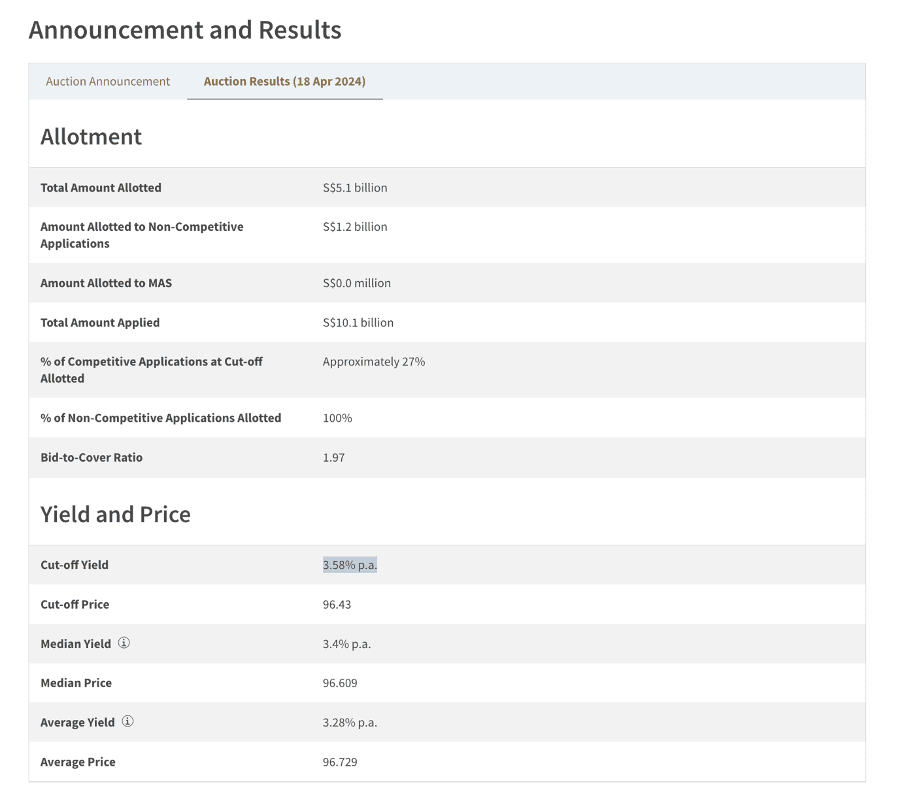Equivalent Nominal Rate (ENR)
To make a fair comparison between housing loans on different rests basis but with the same number of instalment periods, we first have to find the Equivalent Nominal Rate (ENR) per annum. But before we do that, we need to know what is the present value factor (PVF) of an annuity. In mathematical notation it is defined as Furthermore, we have
Furthermore, we have
 Finding ENR through manual calculation is an extremely tedious process, so we need the aid of a spreadsheet or financial calculator. In the next section, I am going to make use of Excel.
Finding ENR through manual calculation is an extremely tedious process, so we need the aid of a spreadsheet or financial calculator. In the next section, I am going to make use of Excel.
Excel Function - RATE
In Excel and most other spreadsheet software, ENR can be obtained through the RATE function. RATE will return ENR is then m*RATE.
RATE (NPer, PMT, PV, FV, Type, Guess): The nominal interest rate per period for an annuity
Each of the argument in the parenthesis is defined as
ENR is then m*RATE.
RATE (NPer, PMT, PV, FV, Type, Guess): The nominal interest rate per period for an annuity
Each of the argument in the parenthesis is defined as
- NPer (Required): Total number of compounding periods or payment periods
- PMT (Required): Total payment (principle and interest) payable for that compounding period
- PV (Required): Present value of the loan
- FV: Loan amount outstanding after all payments have been made. If this variable is omitted, Excel will assume the default value of 0.
- Type: The timing of the payment. It can be either 0 or 1. If this variable is omitted, Excel will assume the default value of 0.
|
Value |
Explanation |
| 0 | Payments are due at the end of the period. (default) |
| 1 | Payments are due at the beginning of the period. |
- Guess: Your guess of what RATE is. If omitted, it is assumed to be 10%.
Using RATE
Of note is that RATE is independent of the loan amount and instalment in each period. In other words, RATE will be the same for loans with the same number of payment periods and nominal interest rate per annum. To illustrate Loan A- Loan Quantum = S$1 million
- Loan Tenure = 20 years
- Interest Rate = 10% p.a.
- Annual Rest with Monthly Repayments
- Number of Payment Periods = 12 * 20 = 240
- Monthly Instalment for the First Year = $ 9,788.30
- Loan Quantum = S$5 million
- Loan Tenure = 20 years
- Interest Rate = 10% p.a.
- Annual Rest with Monthly Repayments
- Number of Payment Periods = 12 * 20 = 240
- Monthly Instalment for the First Year = $ 48,941.51
Table 1
| Syntax | |
| Loan A | = RATE (240, 9788.3, -1000000) |
| Loan B | = RATE (240, 48941.51, -5000000) |
ENR for XX-rest Loans with Monthly Instalment
We will rely on the same loan example used in my previous article, which is Loan Quantum = S$1 million Loan Tenure = 20 years Interest Rate = 10% p.a. Table 2 displays the monthly payment amount for the three rests.Table 2: Monthly Instalment for the First Year
|
Monthly Payment ($) |
|
| Daily Rest |
9,506.0 |
| Monthly Rest |
9,650.2 |
| Annual Rest |
9,788.3 |
Table 3
| Syntax | |
| Daily Rest | =12* RATE (240, 9506.0, -1000000) |
| Monthly Rest | =12* RATE (240, 9650.2, -1000000) |
| Annual Rest | =12* RATE (240, 9788.3, -1000000) |
Table 4
| ENR (%) | |
| Daily Rest | 9.78 |
| Monthly Rest | 10.00 |
| Annual Rest | 10.21 |
Table 5
| Syntax | |
| Daily Rest | = EFFECT (9.78%, 12) |
| Monthly Rest | = EFFECT (10%, 12) |
| Annual Rest | = EFFECT (10.21%, 12) |
Table 6
| Effective Interest Rate (%) | |
| Daily Rest | 10.23 |
| Monthly Rest | 10.47 |
| Annual Rest | 10.70 |
About Property Buyer http://www.PropertyBuyer.com.sg/mortgage We are a research-focused Singapore mortgage consultancy which helps you compare Singapore home loans either for new loans or refinancing. We use loan reports from Singapore's best loan analysis system (exclusive to us) at http://www.icompareloan.com/consultant/ to serve our customers. Our services are completely FREE to you as the banks pay us a referral fee upon loan disbursement.






